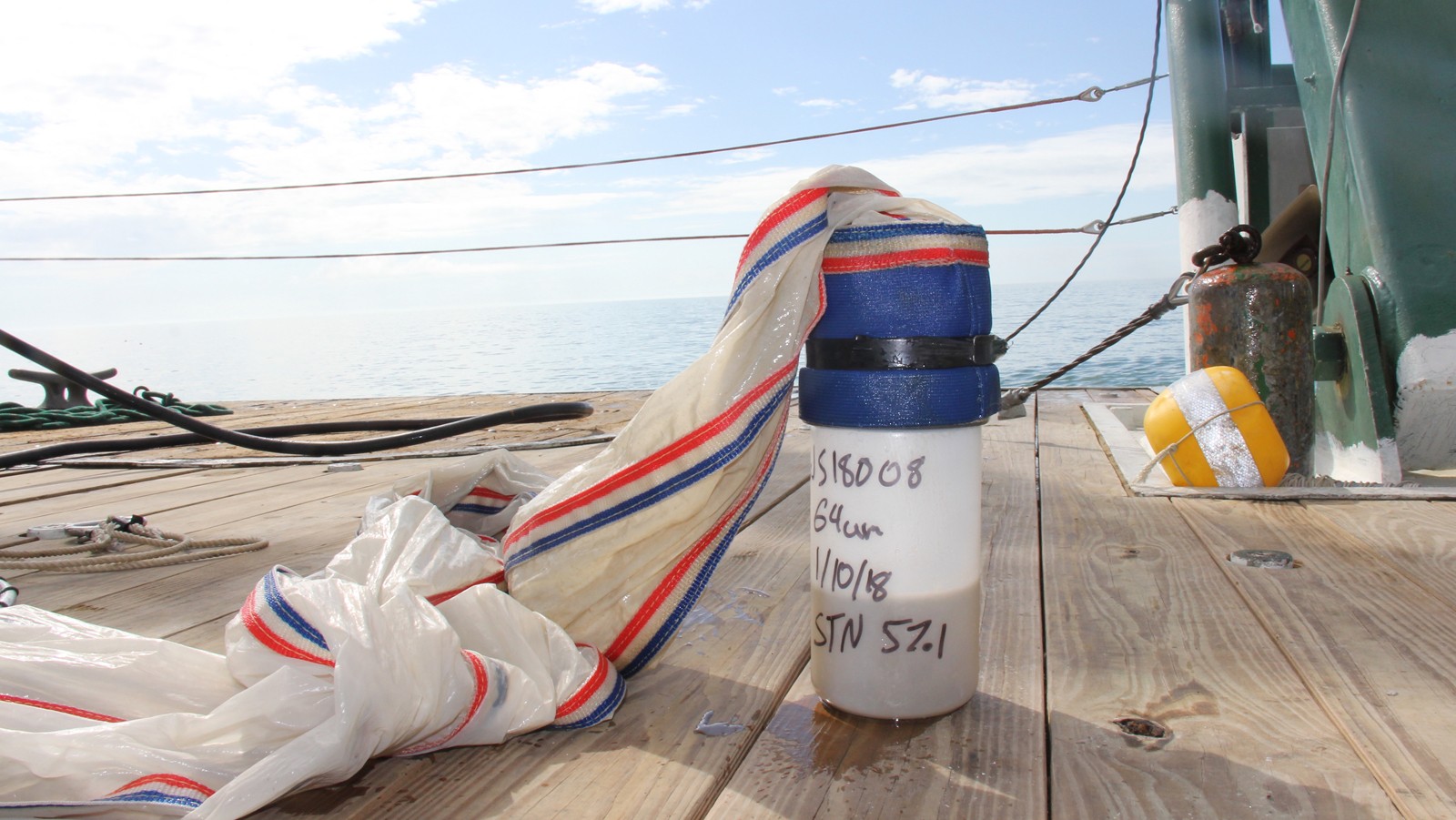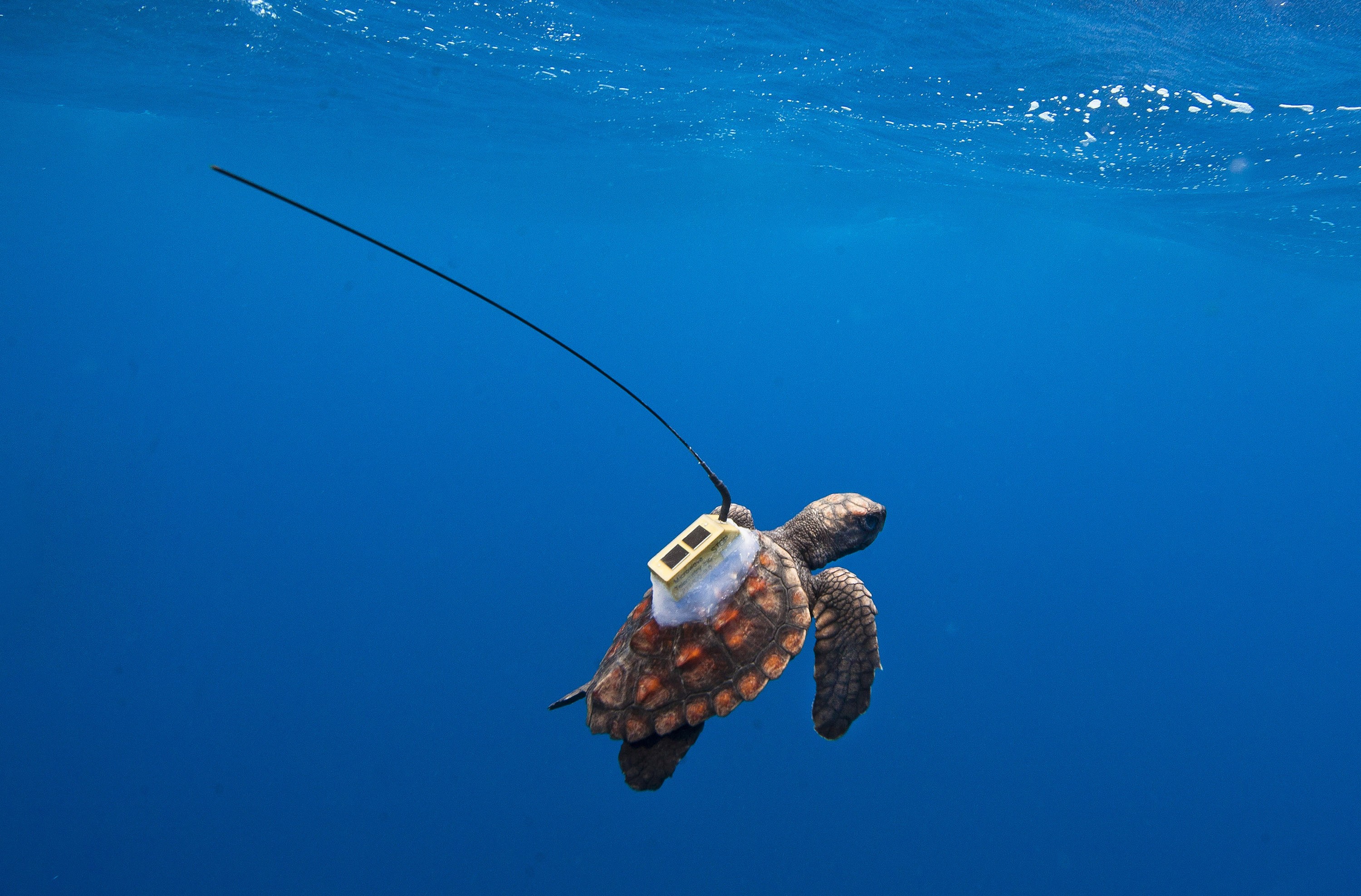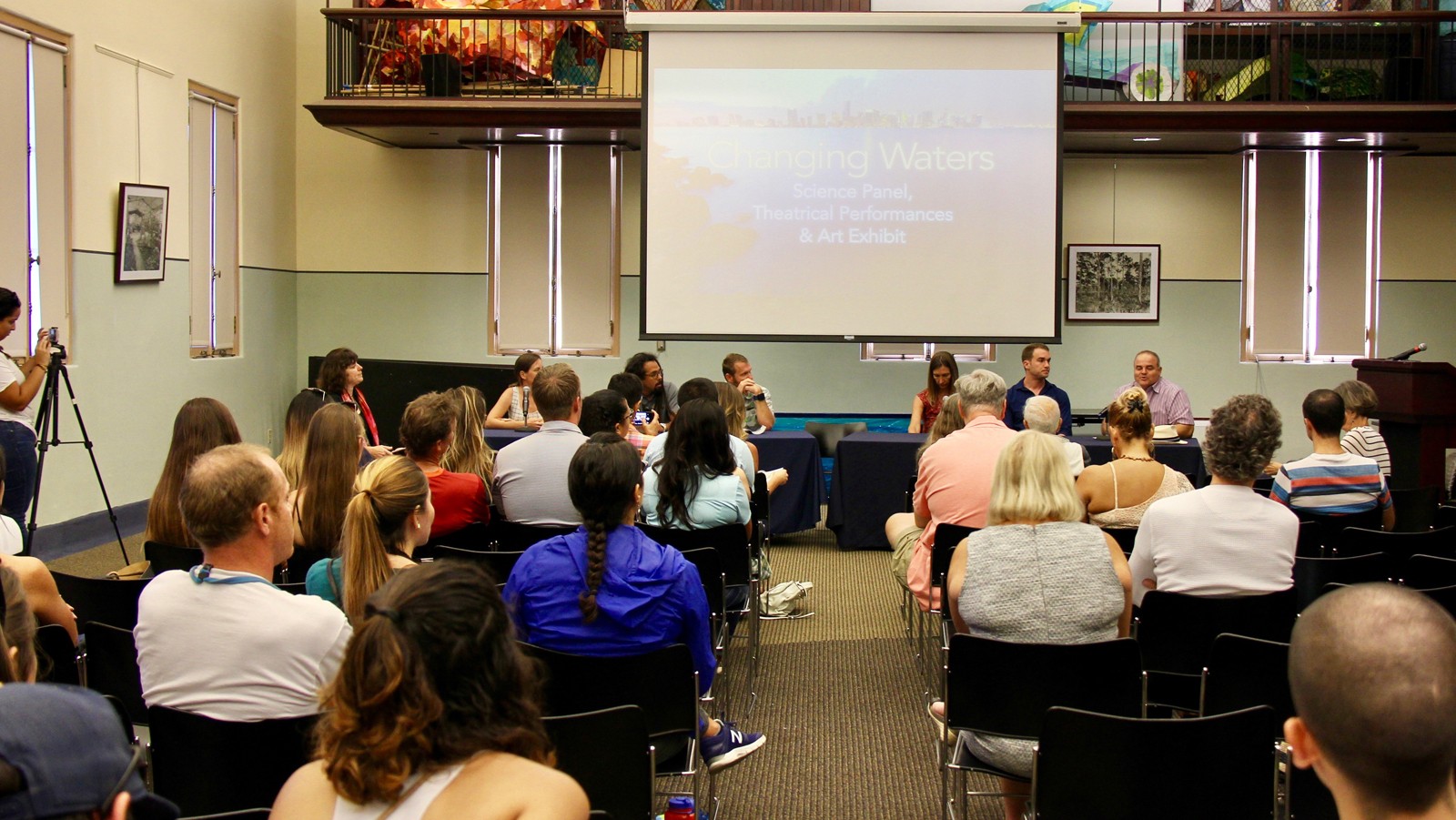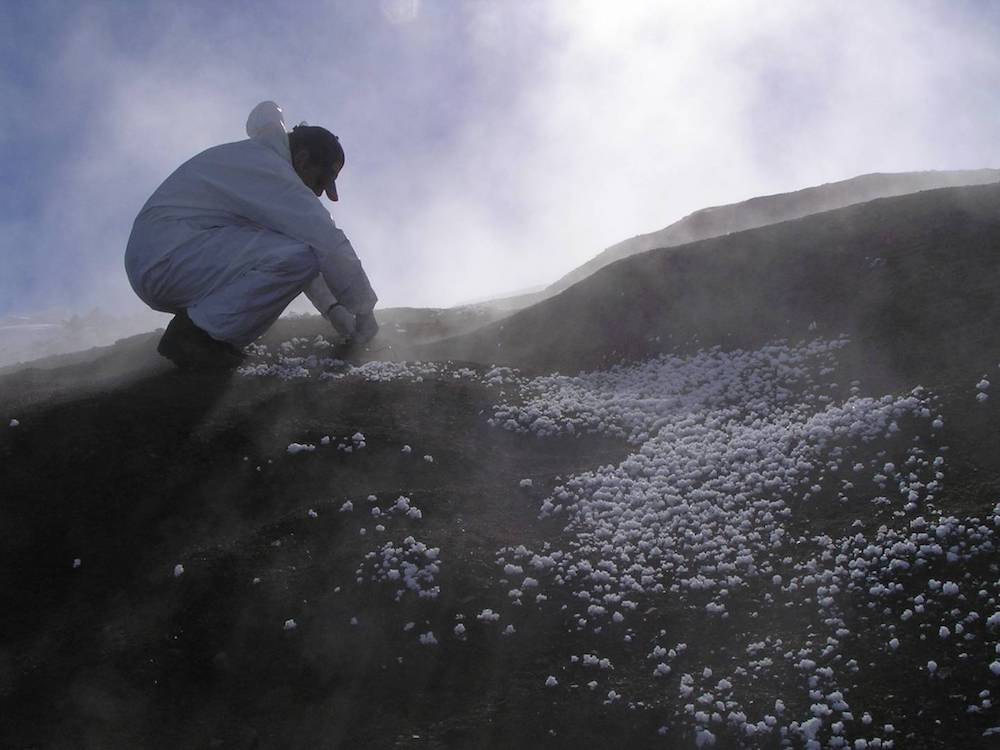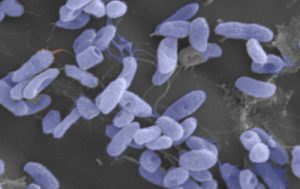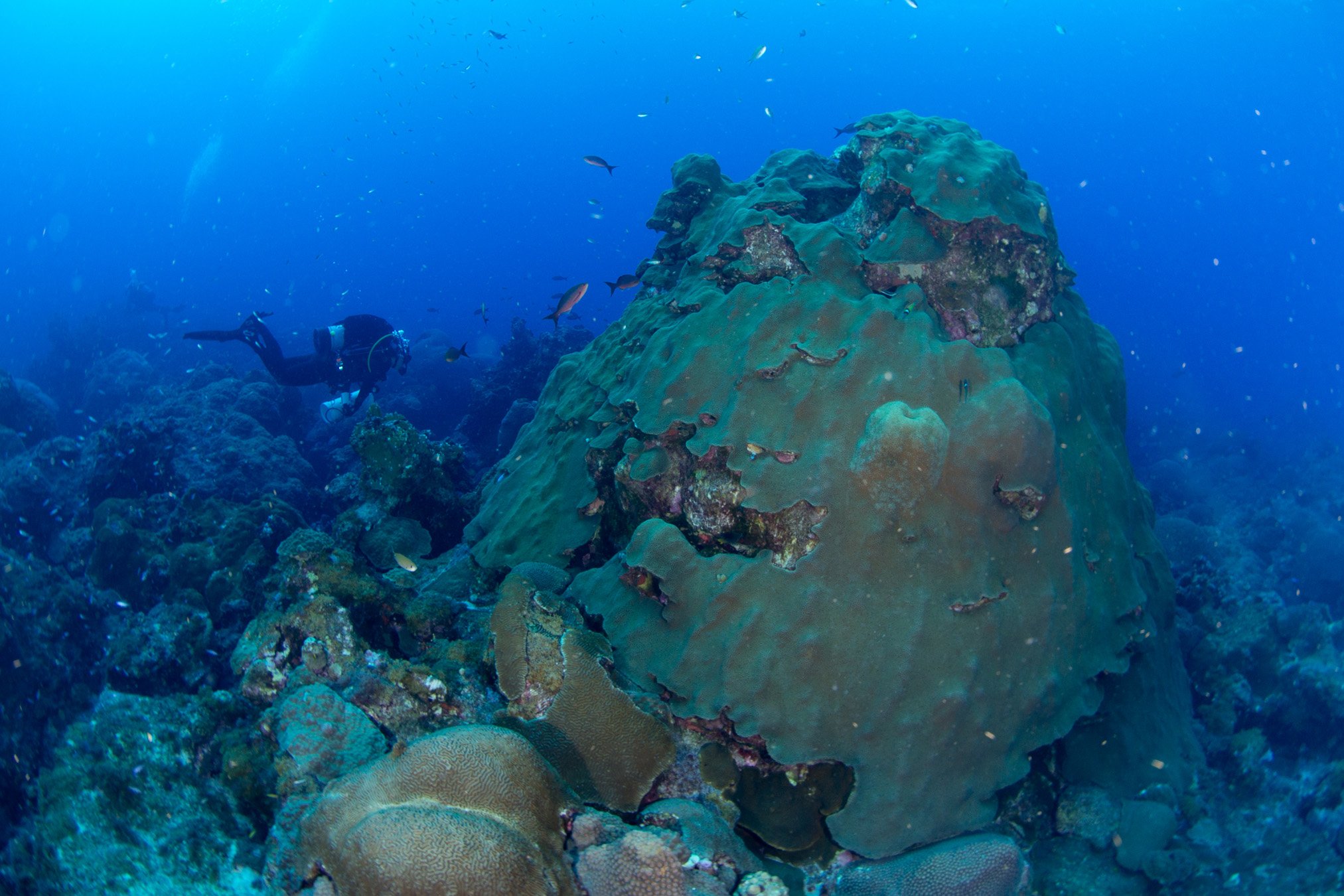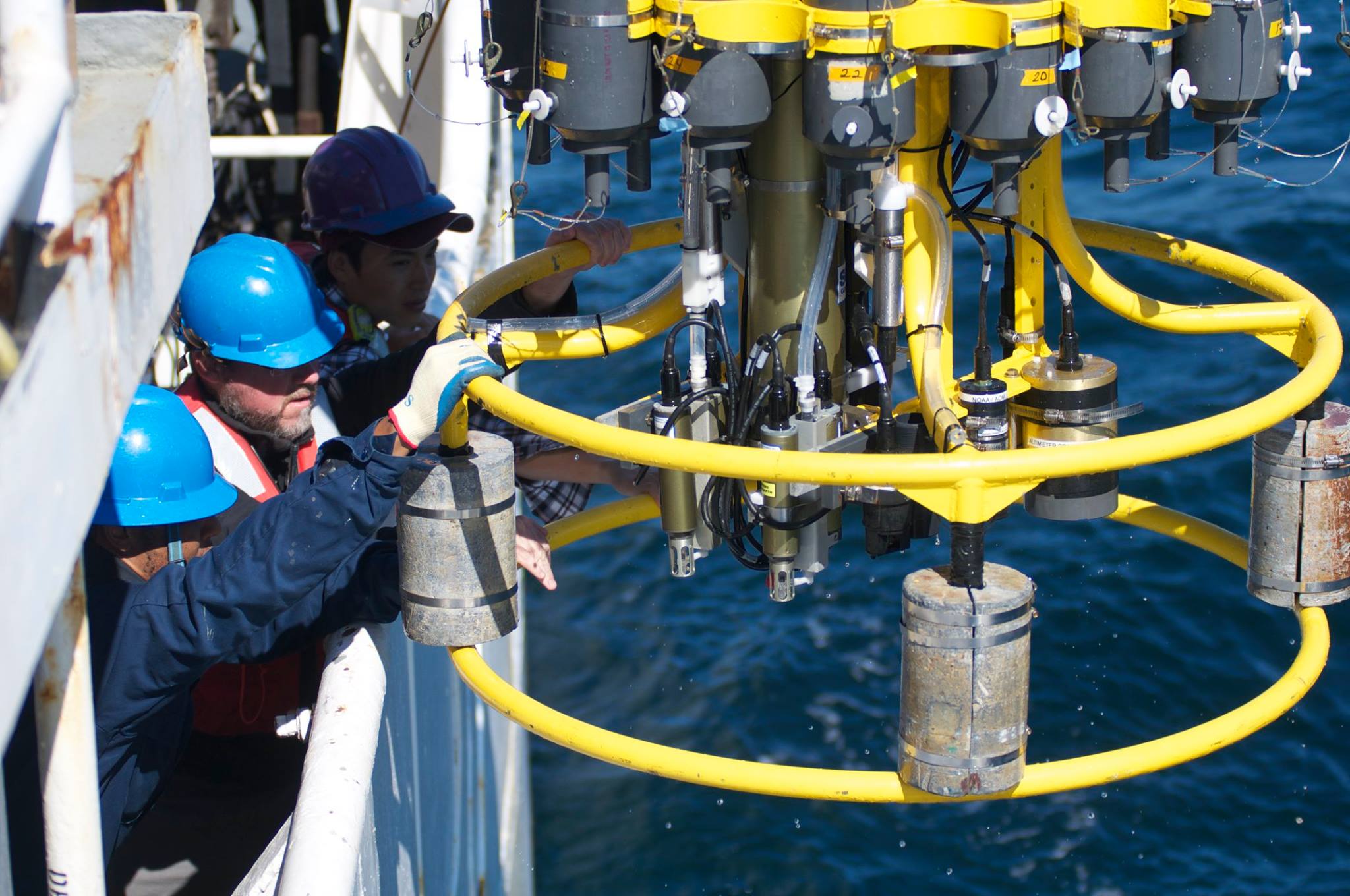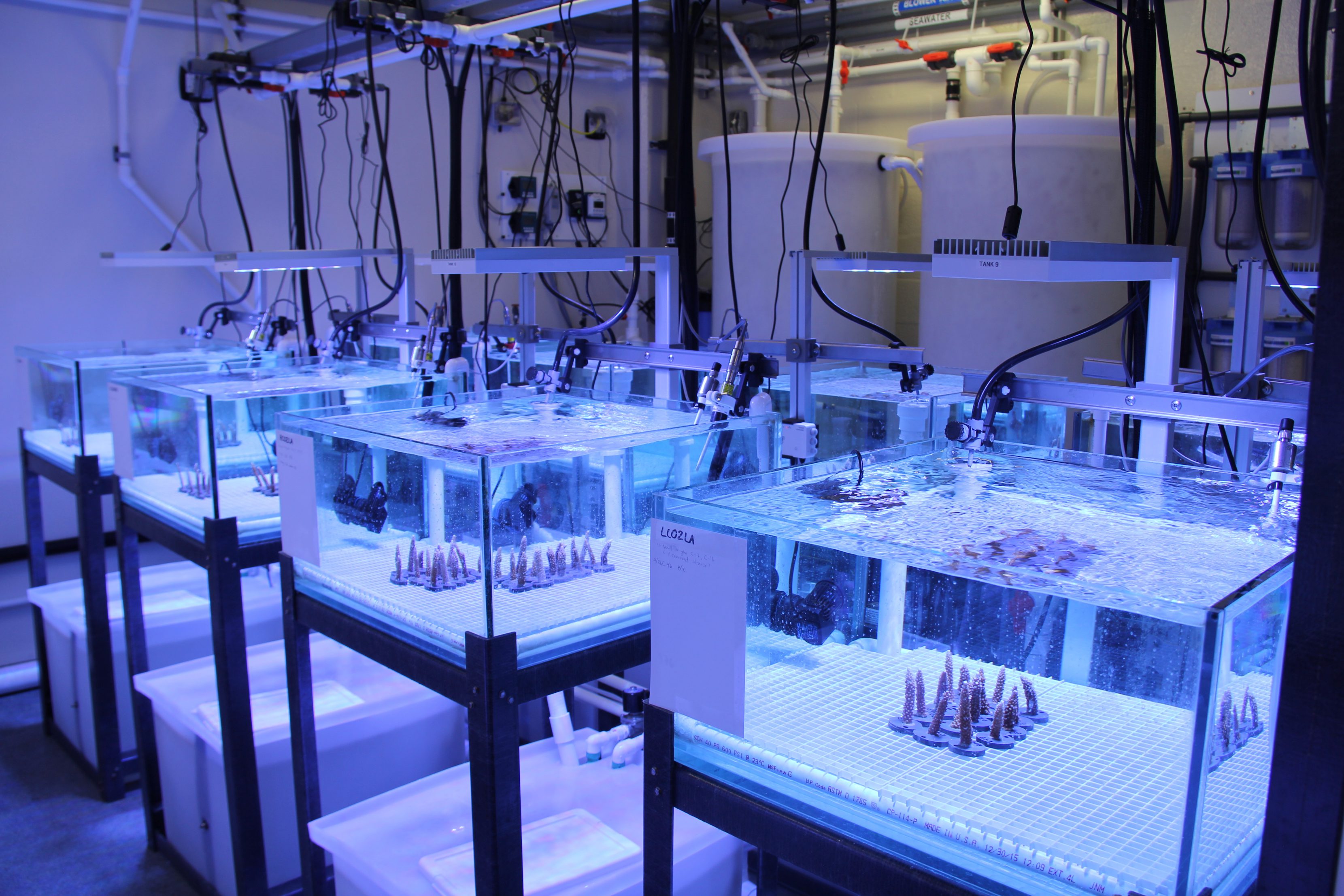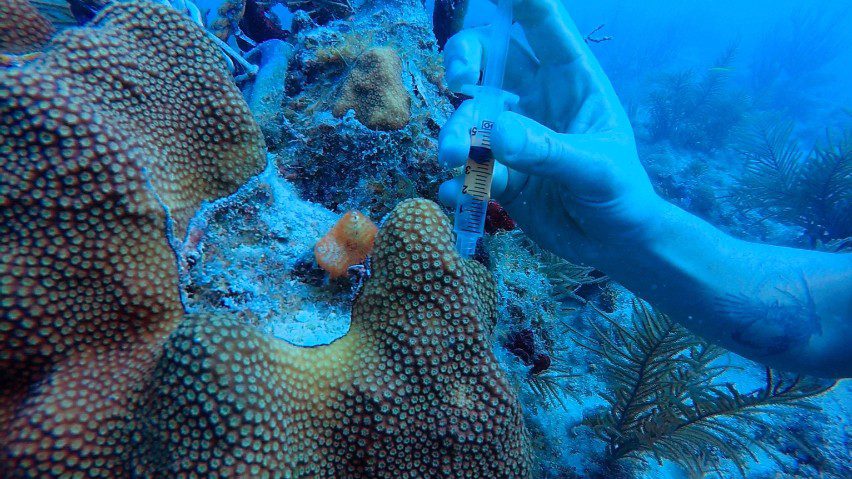New Year, Continued Restoration and Monitoring
AOML scientists recently returned from the first cruise of 2018. As part of the South Florida Project, regional surveys over the southwest Florida shelf and the Florida Keys reef tract are routinely performed aboard the R/V F.G. Walton Smith on a bimonthly basis, to keep a watchful eye over sensitive marine habitats found in the region. Sampling methodologies include discrete sampling and flow through measurements of water quality and chemistry, and biological oceanographic parameters.
